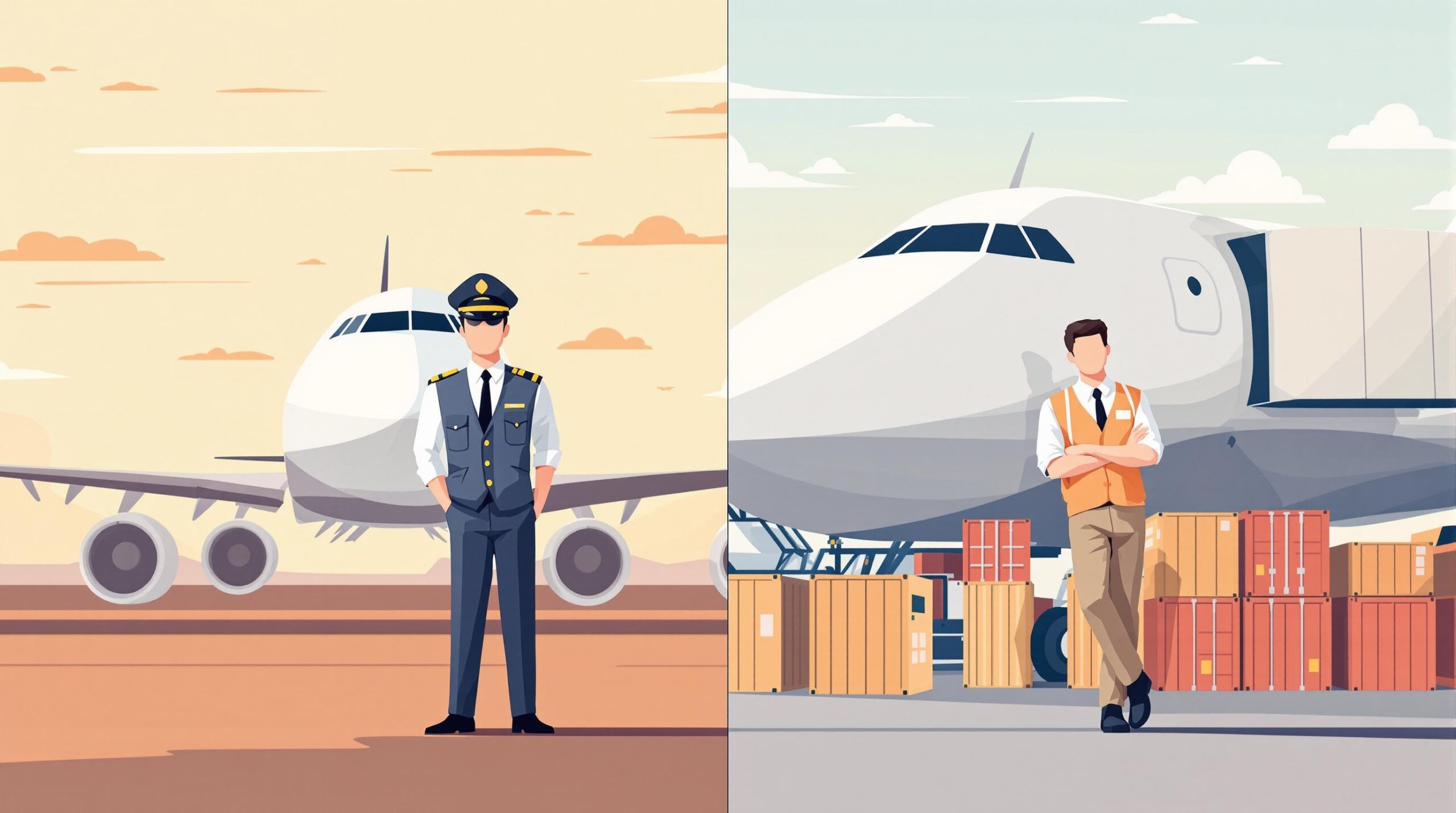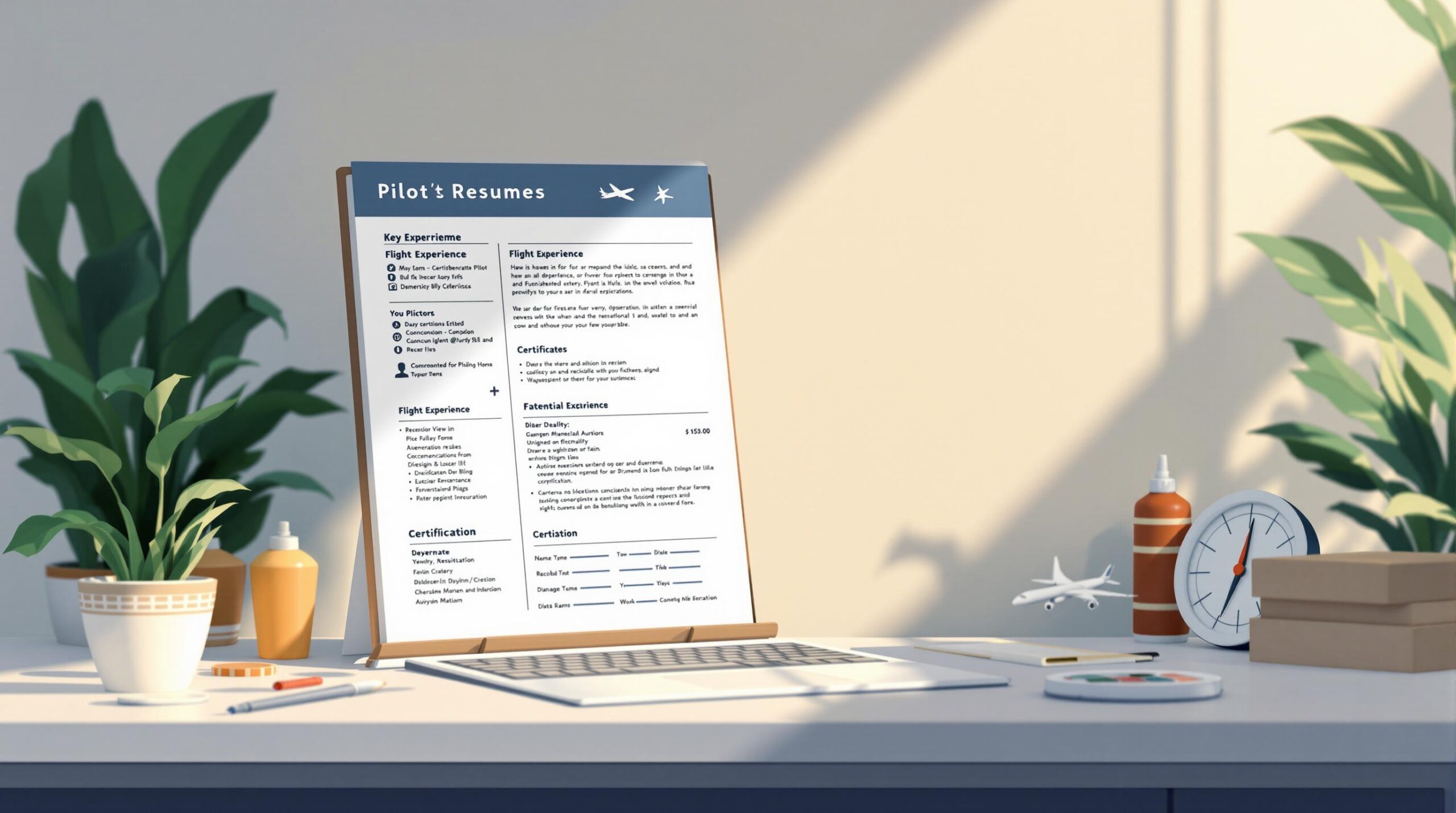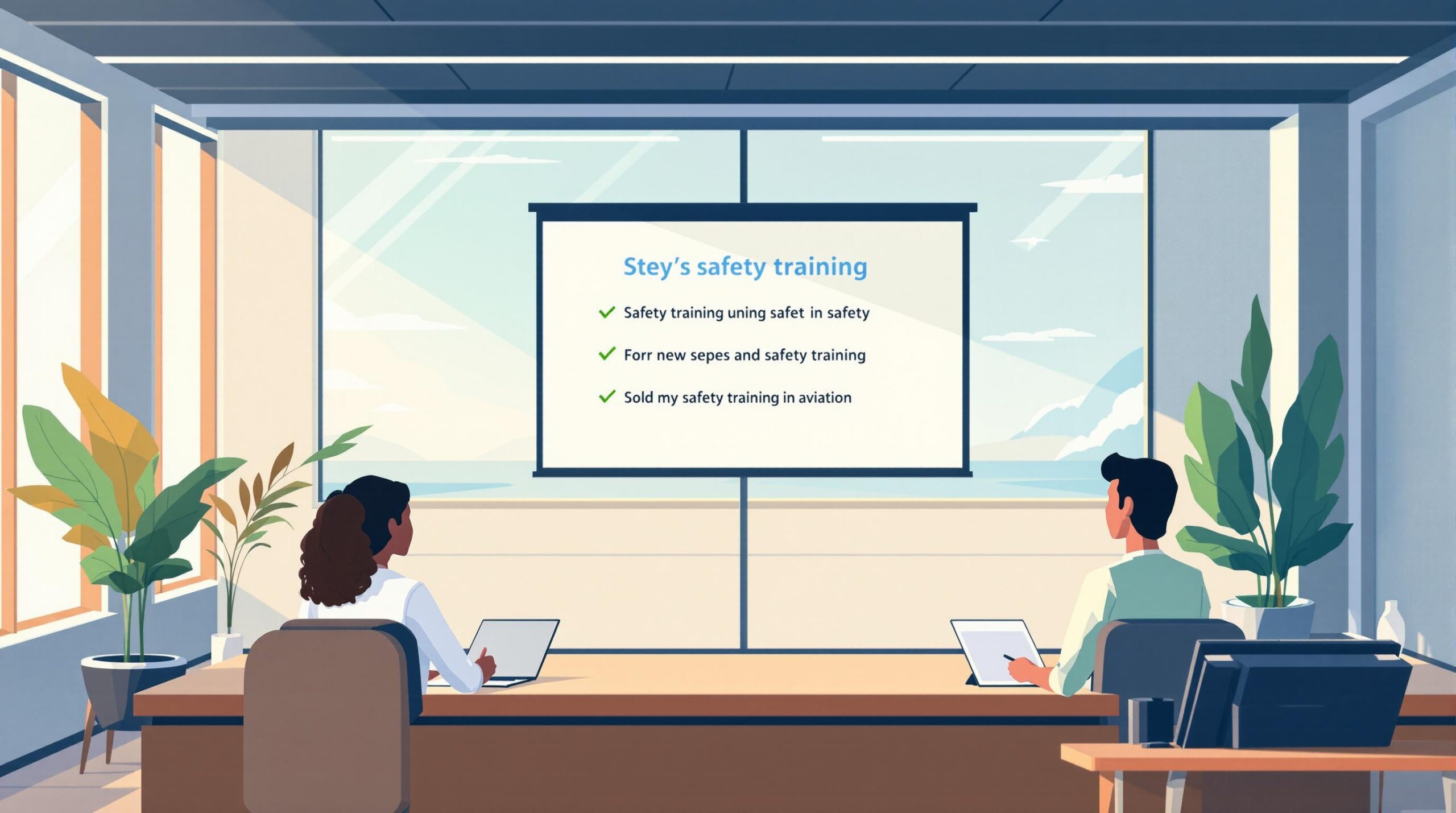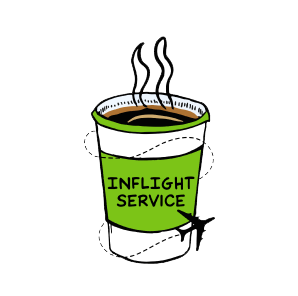Which logbook is better for pilots: digital or paper? It depends on your needs. Paper logbooks are simple, reliable, and widely accepted, but they’re fragile and require manual calculations. Digital logbooks, on the other hand, offer cloud backups, automatic calculations, and easy access from anywhere, but they rely on technology and often come with subscription fees.
Quick Comparison
| Feature | Paper Logbooks | Digital Logbooks |
|---|---|---|
| Ease of Use | No tech needed | Requires device & internet |
| Durability | Prone to damage (water, fire) | Cloud backups available |
| Calculations | Manual | Automatic |
| Portability | Bulky with time | Fits on your phone/device |
| Cost | One-time purchase (~$30) | Subscription fees possible |
| Acceptance | Universally accepted | Depends on airline/location |
Pro Tip: Many pilots use both. Digital for daily use and calculations, paper for interviews and as a backup. Keep your logbook accurate and up-to-date – your career depends on it.
Paper Logbooks: Pros and Cons
Benefits of Paper Logbooks
Paper logbooks hold a special place in aviation. Both the FAA and EASA officially accept them, and some authorities still want them as backups. Here’s why they’re still going strong:
They work everywhere: Walk into any aviation authority office – from the FAA to EASA – with your paper logbook, and you’re good to go. No questions about file formats or compatibility. Perfect for audits, interviews, or getting that new license.
No tech needed: Flying to a remote airstrip? Your paper logbook doesn’t care about dead batteries or spotty internet. It just works. This old-school approach really shines in places where digital tools might let you down.
It’s personal: Many pilots treat their logbooks like treasured diaries. That first solo flight? It’s right there on paper. New instrument rating? Flip to that page and relive the moment. These books tell stories that a database just can’t match.
Budget-friendly: Starting out? A Jeppesen Professional Pilot Logbook costs about $30 and lasts for years. No subscription fees, no upgrade costs – just straightforward record-keeping.
Drawbacks of Paper Logbooks
But paper logbooks aren’t perfect. Here’s the flip side:
They’re fragile: Spill your coffee? Get caught in the rain? Your records could be toast. Fire or water damage can wipe out years of flight history in minutes.
Mistakes stick around: Make an error in your entries? You’re stuck with crossing it out or using correction fluid. Not the best look during an inspection.
Math by hand: Adding up flight hours means doing the math yourself. With different aircraft types and categories to track, one small mistake can throw everything off.
They get heavy: Build up enough flight hours, and you’ll end up with a stack of logbooks. Not fun to carry around, especially when you need to show your complete history.
Comparison Table
| Feature | Paper Logbooks | Digital Logbooks |
|---|---|---|
| Acceptance | Works everywhere | Depends on location |
| Tech Needs | None | Needs devices and internet |
| Records | Physical only | Digital with backups |
| Fixing Mistakes | Hard to fix | Quick and clean |
| Math Work | All manual | Auto-calculated |
| Carrying Around | Gets bulky | Fits in your phone |
Paper logbooks still work great for many pilots, especially those who love tradition. But their downsides – like being hard to fix mistakes and lug around – help explain why some pilots are checking out digital options.
Related video from YouTube
Digital Logbooks: Pros and Cons
Let’s dive into what makes digital logbooks both great and not-so-great for pilots.
Benefits of Digital Logbooks
Digital logbooks have changed how pilots track their flight time. Here’s what makes them stand out:
No more math headaches! Digital logbooks handle all calculations automatically. Here’s what Liz Brassaw, a First Officer and former Chief Pilot at Thrust Flight, says about it:
"A digital logbook does all of this automatically. All of the math functions are built-in. Many of them can even auto-populate the FAA 8710 and IACRA application forms."
Want to check your flight hours from anywhere? With cloud storage, your records are just a click away. Apps like mccPilotLog let you access your data on any device – and you only pay once.
These digital tools pack some serious features: quick searches, custom templates, and detailed reports that keep you in line with regulations. Plus, some connect directly with airline job applications, making career moves smoother.
And here’s a bonus: by going digital, you’re helping cut down on paper waste in aviation.
Drawbacks of Digital Logbooks
But digital isn’t perfect. Here’s the flip side:
What happens when your device dies or you can’t get online? That’s the biggest catch – you need working tech to access your logs, which can be tricky in remote spots.
Then there’s the security thing. Sure, these platforms use fancy encryption and two-factor authentication, but storing data in the cloud always comes with some risk.
Money matters too. Apps like LogTen Pro want yearly payments, which adds up – especially if you’re just starting out as a pilot.
Moving your old paper logs to digital? Better set aside some time. And if you switch apps later, you might need to punch in all that data again (yep, it’s as fun as it sounds).
| What You Get | What You Give Up |
|---|---|
| Auto calculations | Need working devices |
| Access anywhere | Security concerns |
| Smart organization | Yearly fees |
| Airline app connection | Time-consuming setup |
| Less paper waste | Format lock-in |
Digital logbooks pack some cool features for today’s pilots, but they’re not perfect. Think about your budget, how much you fly, and where you fly before making the switch.
sbb-itb-de05b1b
How to Choose the Right Logbook
Picking the best logbook can make or break how well you track your flight hours and manage your pilot career. Let’s look at what matters most when making this choice.
Key Factors to Think About
Your logbook needs to work for YOU. Here’s what to consider:
Access and Safety: Digital logbooks like ForeFlight or FlyGo‘s Pilot Logbook let you check your records from anywhere – phone, tablet, or computer. They back up automatically and use encryption to keep your data safe. Paper logbooks? They’re simple but can get damaged or lost.
Meeting the Rules: Both paper and digital formats work for regulations. But heads up – some airlines still want to see that physical logbook during interviews. Double-check what your target airlines and local authorities expect.
What Feels Right: It comes down to how you like to work. Some pilots love the feel of writing in a paper logbook. Others can’t live without the speed and smart features of digital tools.
Can’t pick just one? You don’t have to.
Using Both Paper and Digital Logbooks
Many pilots use both types of logbooks – it’s like having a backup plan for your backup plan. Here’s how it works:
Keep your daily records in a digital logbook for easy updates and calculations. Then, maintain a paper logbook for those situations where you need a physical copy. This way, you’re covered no matter what comes up.
Top Digital Logbook Options
Pilot Pathfinder stands out if you’re aiming for an airline career. It helps streamline job applications and keeps your records safe.
FlyGo’s Pilot Logbook shines with its easy-to-use design. You can set it up exactly how you want it to track your specific flying activities.
ForeFlight goes beyond just logging hours. It’s a complete package with flight planning and weather info built right in – perfect if you want all your tools in one place.
Conclusion: Picking the Best Logbook for You
Let’s cut through the complexity and help you pick the right logbook for your needs.
Paper logbooks still pack a punch – they’re simple to use and airlines love them during interviews. But watch out: spill your coffee on one, and those precious hours are gone forever. Plus, there’s no backup unless you’re a fan of photocopying.
Digital logbooks? They’re like having a personal flight secretary. You get cloud storage, auto-math (goodbye calculator!), and you can check your hours from your phone at 3 AM if that’s your thing. The catch? You’ll need to keep up with subscription fees, and you’re at the mercy of your internet connection.
Here’s what smart pilots do: They use both. Think of it as wearing both a belt and suspenders – extra safety never hurts. Log your flights in a digital app for day-to-day convenience, but keep that paper logbook pristine for interviews and check rides.
As of 2024, the aviation world is still finding its sweet spot between old school and new tech. While more companies are warming up to digital records, some still want to see good old-fashioned paper.
Pro tip for digital users: Before jumping into an electronic logbook, check its track record. Can it pull data straight from your aircraft? Does it back up automatically? These features aren’t just nice-to-haves – they’re time-savers that help prevent headaches down the road.
For paper logbook fans: Keep it clean, organized, and professional. It’s not just a record – it’s often your first impression at an interview.
Remember this: Whether you go paper, digital, or both, what matters most is keeping those records current and accurate. Your logbook is your professional story – make it a good one.
Got questions about logbooks? Let’s tackle them next.
FAQs
Do pilots still use paper logbooks?
Yes, paper logbooks remain a go-to choice for many pilots, even as digital alternatives pop up. The FAA and EASA fully accept paper logbooks as official records – that’s why pilots worldwide still rely on them.
But here’s what’s interesting: Most pilots today don’t pick just one method. They’re mixing old-school paper with new digital tools. Think of it like keeping both a physical wallet and using Apple Pay – each has its place.
Digital logbooks are shaking things up in aviation. They make it super easy to track hours, crunch numbers, and access records from anywhere. Plus, they can do calculations in seconds that might take minutes by hand.
Here’s what most experienced pilots do: They use digital tools for their day-to-day logging and quick calculations, but keep paper records for the official stuff like job interviews and certifications. It’s like having the best of both worlds.
When choosing between paper and digital – or both – think about:
- Your daily routine
- Career plans
- How comfortable you are with tech
Bottom line? Whether you’re team paper, team digital, or somewhere in between, what matters most is keeping your records accurate and current. After all, these logs are the story of your flying career.




